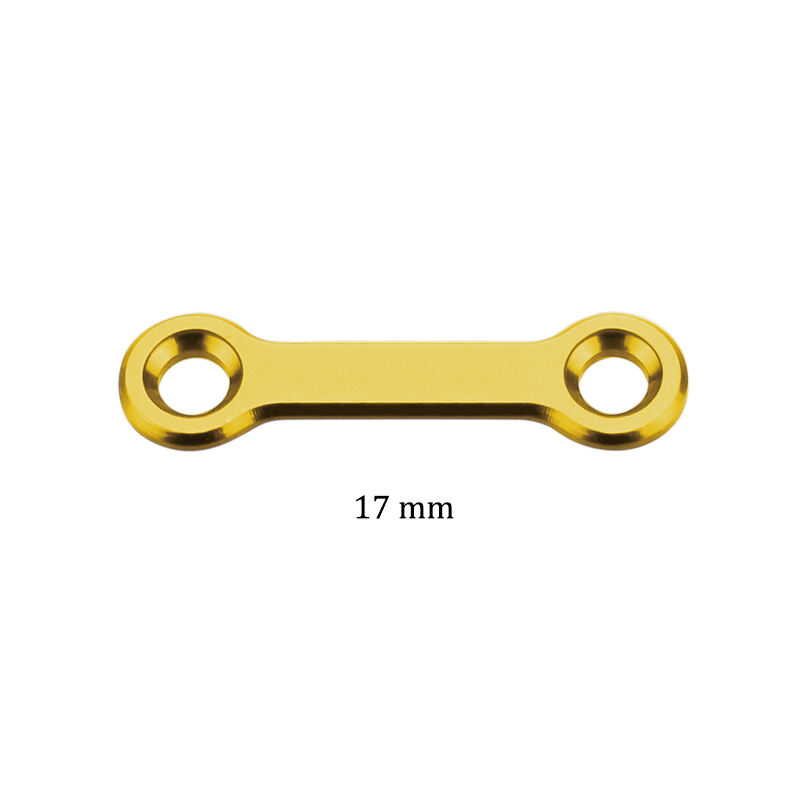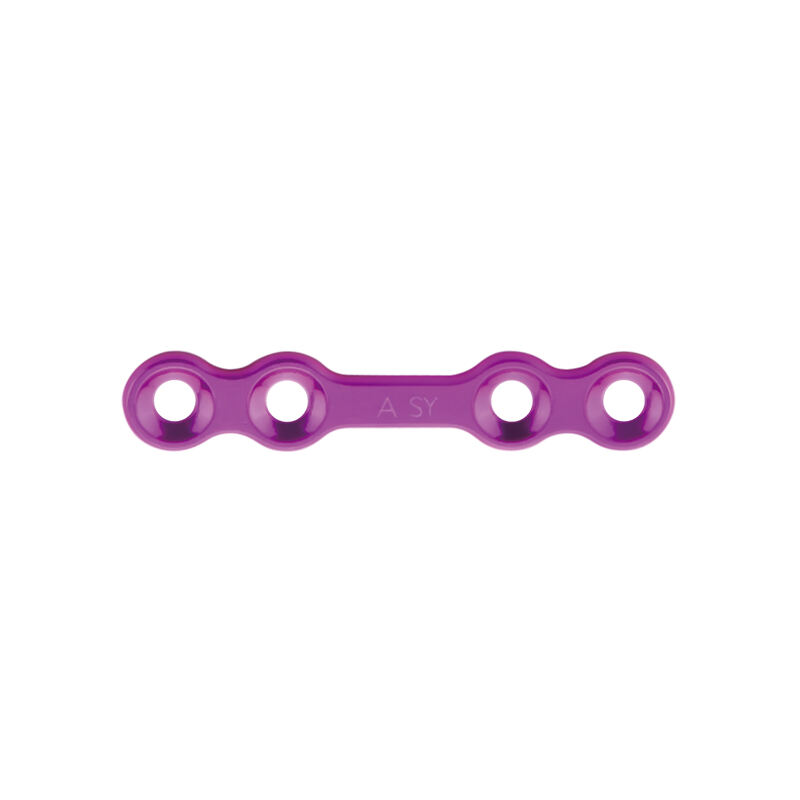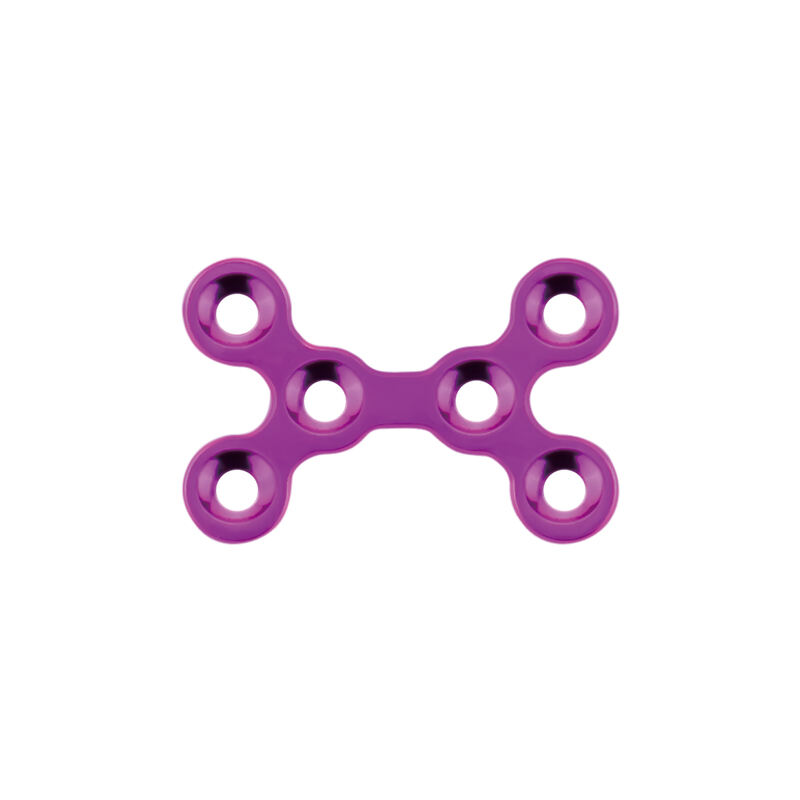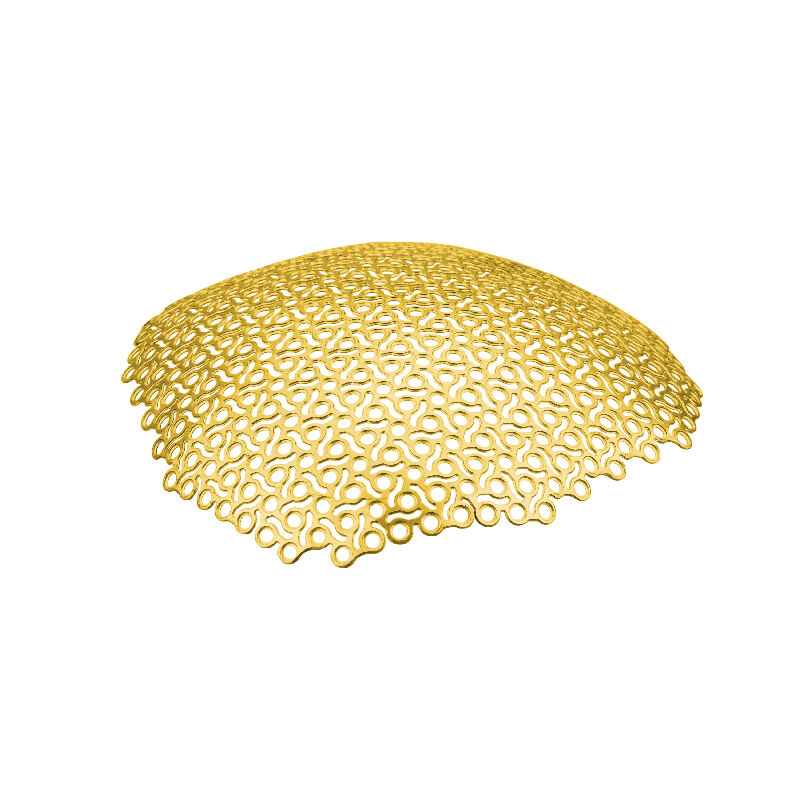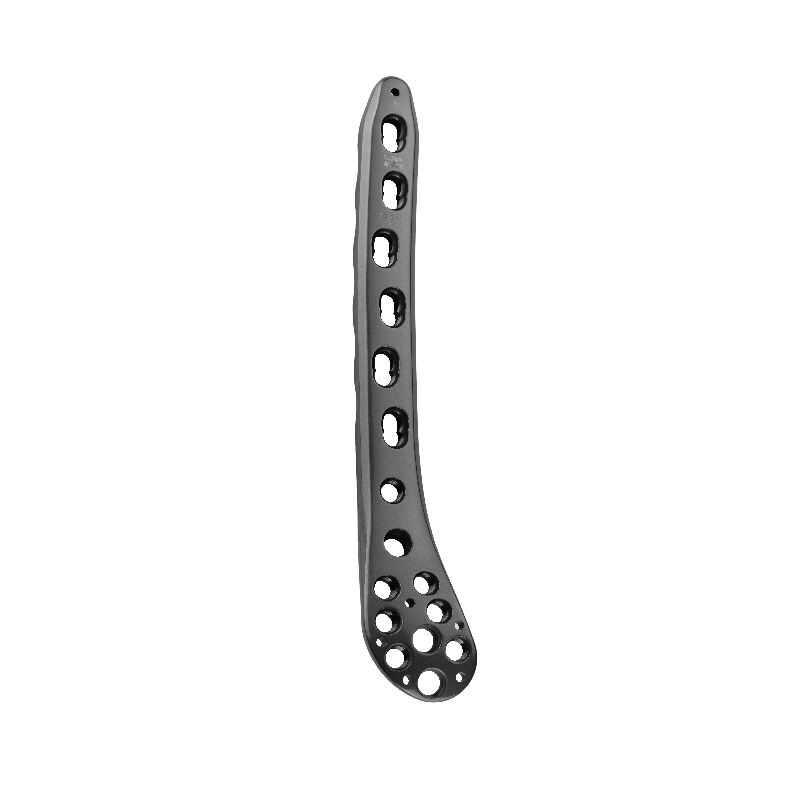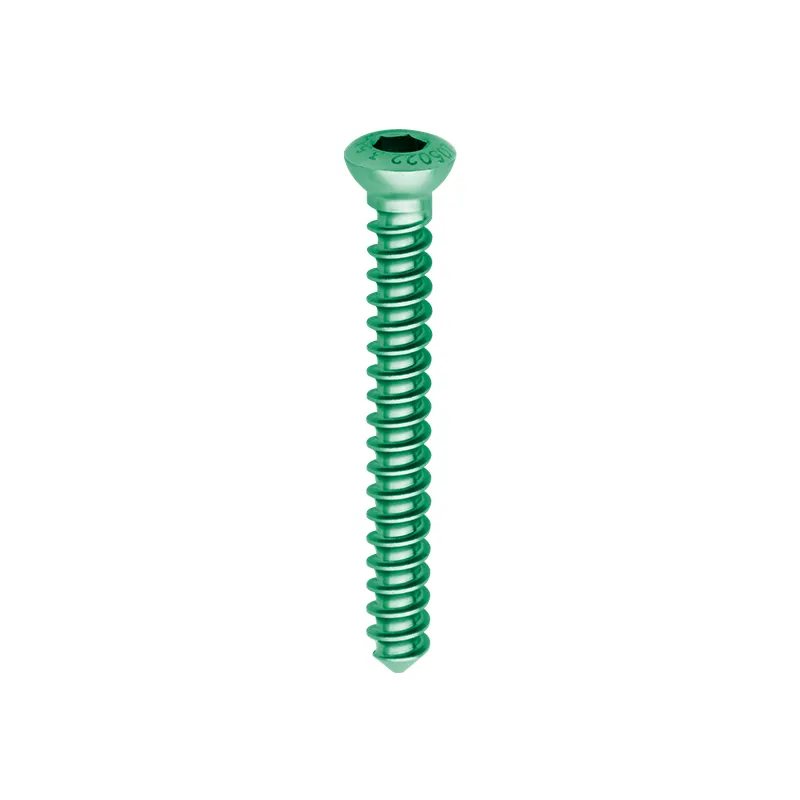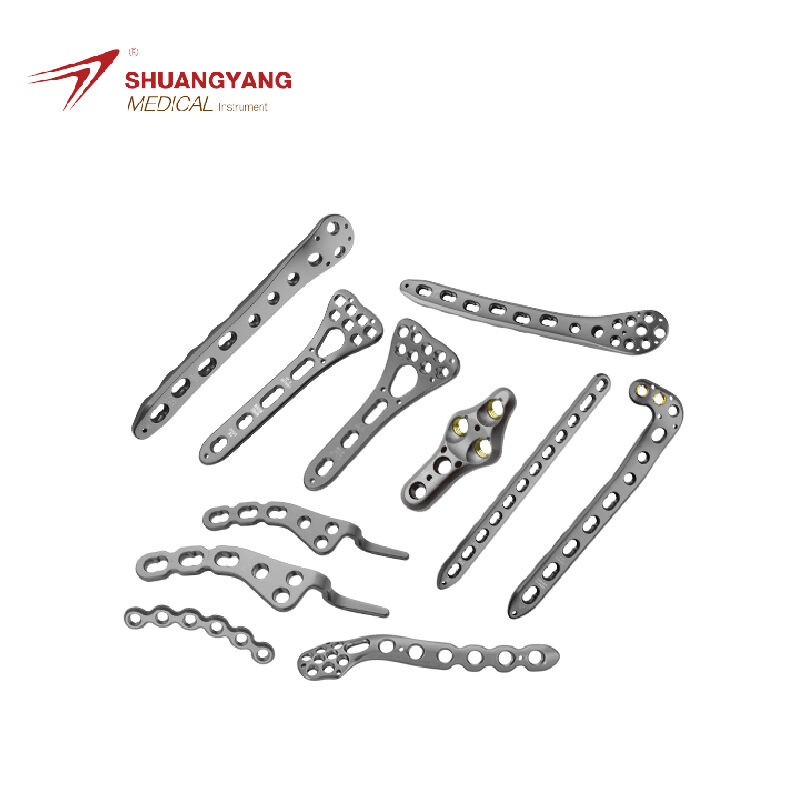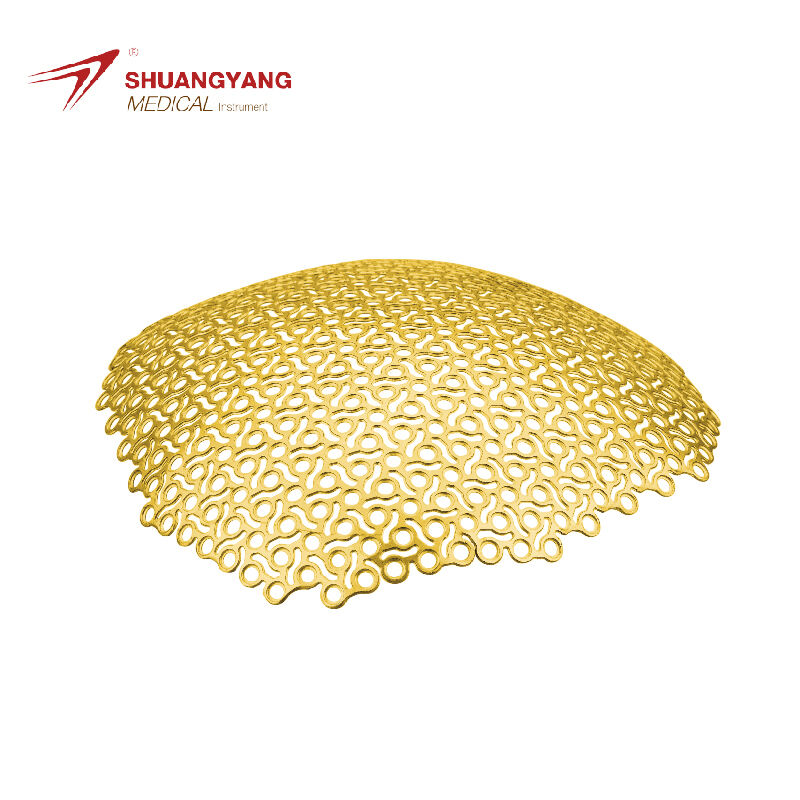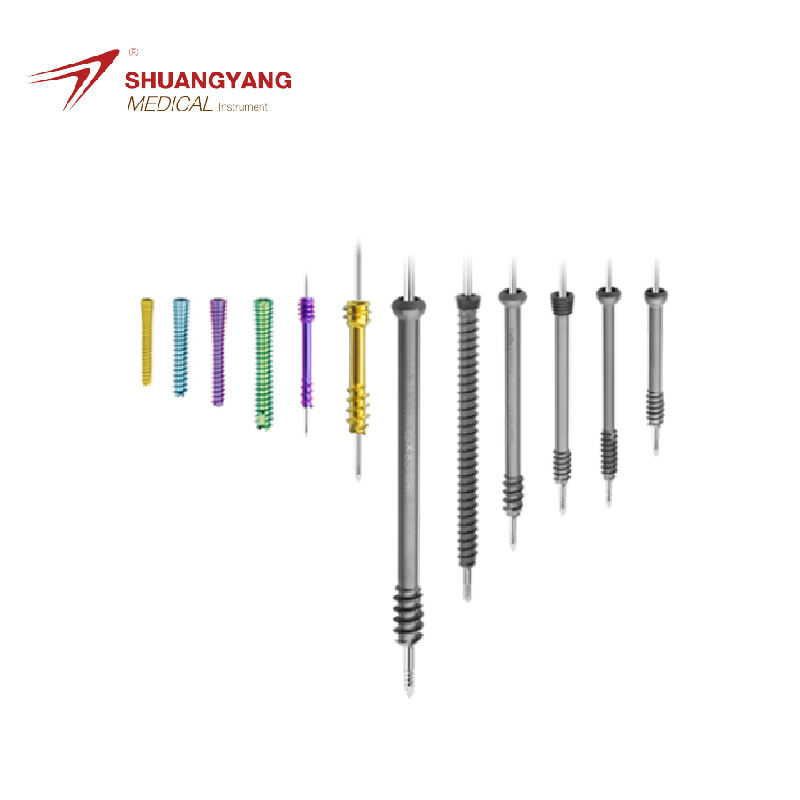minimally invasive spine surgery
Minimally invasive spine surgery is a cutting-edge medical procedure designed to treat a variety of spinal conditions with reduced damage to the surrounding tissues. The main functions of this surgery include decompressing nerves, stabilizing the spine, and treating spinal deformities. Technological features such as tiny incisions, advanced imaging, and specialized instruments allow surgeons to perform these tasks with remarkable precision. Applications of minimally invasive spine surgery are diverse, ranging from herniated disc repair and spinal stenosis relief to correcting scoliosis and other spinal deformities. The procedure's minimally disruptive nature often leads to shorter hospital stays, quicker recoveries, and less postoperative pain for patients.
 EN
EN
 FR
FR
 ES
ES
 AR
AR

